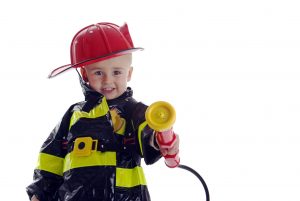Fire Safety – Autism
Families with children with Autism Spectrum Disorder (ASD) or other special needs face unique challenges when it comes to teaching what to do in the event of a fire. Our goal is to provide information and resources that will help to keep you and your loved ones safe.
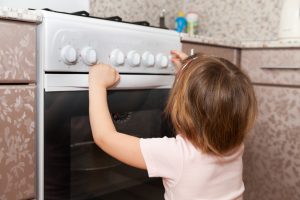
It is essential that your child understands what fire is and why it is dangerous. Help your child understand your family’s safety rules about items in your home, such as the stove, a fireplace, matches, lighters, and candles. Look for new and innovative ways to keep your children safe such as videos or songs. Break down the message into clear, simple instructions. No one knows your child better than you. Use special techniques and tools that best fit your child’s unique abilities, such as headphones with their favorite songs or earmuffs to lessen the sounds of smoke alarms and fire trucks.
The National Fire Prevention Association recommends:
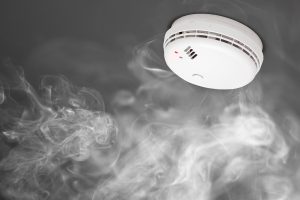 1. Fire alarms – be sure to have fire alarms installed on every level of your home and outside of all bedrooms. Since children with autism are often frightened by loud noises, it is important to teach them about the sounds accompanying a fire, such as smoke alarms and fire engine sirens. It is important to note that working smoke alarms reduce fatalities by fire by nearly 50%. Talking fire alarms are also available.
1. Fire alarms – be sure to have fire alarms installed on every level of your home and outside of all bedrooms. Since children with autism are often frightened by loud noises, it is important to teach them about the sounds accompanying a fire, such as smoke alarms and fire engine sirens. It is important to note that working smoke alarms reduce fatalities by fire by nearly 50%. Talking fire alarms are also available.
This cartoon video below includes the fireman teaching about and testing a smoke detector:
2. Teach “Get low and go.” Explain that getting low will help them to avoid breathing the deadly smoke. Practice crawling.
3. Plan a visit to a local fire department often with your child so that they can become familiar with the sights and sounds that will occur in an emergency. Please view our photo galleries to share images of a fire department and other images with your child.
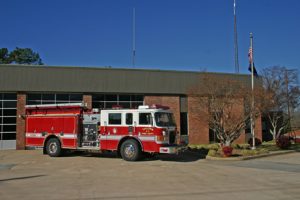
4. Create and practice a home escape plan. Practice with a stopwatch to see how quickly your family can escape. Use this wonderful resource from Safekids.org to create your Fire Escape Plan.
5. Assign someone to be responsible for the individual with autism. They may become overwhelmed by the noise and activity and attempt to flee. It is best to make your meeting spot a neighbor’s home or a place between your homes rather than on the street, so your child doesn’t bolt back into the home. Meeting at the street or at the mailbox can impede firefighters and other emergency vehicles from doing their jobs.
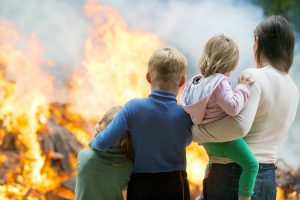
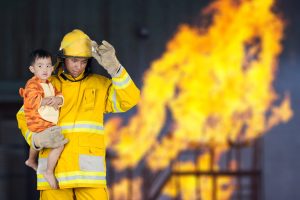
6. If your child is nonverbal, you may want to consider teaching them to use a whistle to alert others in case of an emergency.
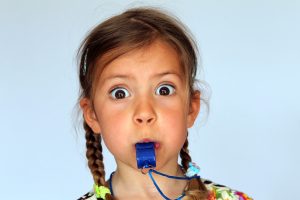
Helpful links:
http://www.sparky.org/ – Lots of activities to learn about fire safety
https://www.facebook.com/fearlesfiredrills/
Fire Safety Song – http://do2learn.com/games/songs/firesafetysong/index.htm – Fire Safety Song
Fire Drill book read aloud – https://www.youtube.com/watch?v=6lFAuvfhJ6Q
Guide to Fire Safety for Individuals with Autism Spectrum Disorders http://www.asmonline.org/resources/fire-safety.aspx
NFPA – People with Disabilities: NFPA is your source for fire safety educational materials for people with disabilities – http://www.nfpa.org/disabilities
References:
Autism Society of Maine – http://www.asmonline.org/resources/autism-safety.aspx
May Institute – https://www.mayinstitute.org/news/press_releases.html?id=1117#sthash.gyyoltUL.dpuf
Autism Key – http://www.autismkey.com/fire-safety-for-children-on-the-autism-spectrum/
The Autism Society of America (ASA) – http://www.autism-society.org/
NFPA Xchange – https://community.nfpa.org
